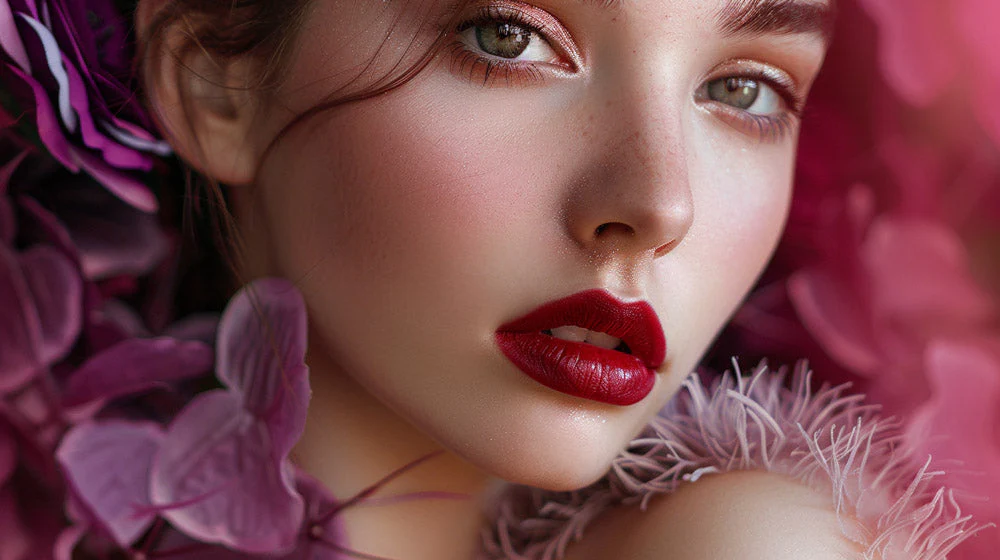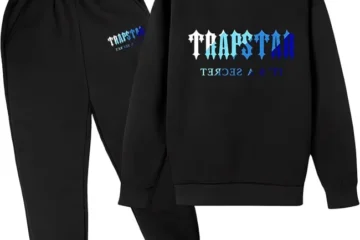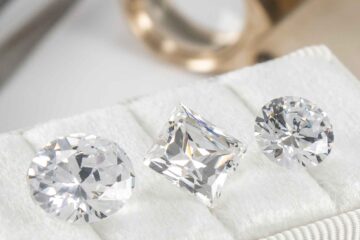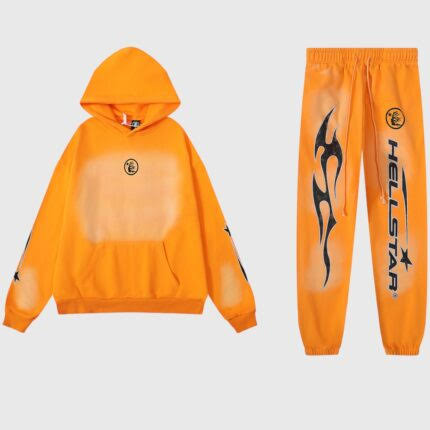Fashion photography has always been synonymous with elegance, creativity, and visual storytelling. However, even the most captivating shots often require a touch of finesse to achieve that high-fashion appeal. Enter the world of Fashion Photo Retouching, a process that enhances and perfects images while preserving their natural beauty.
In this guide, we’ll explore the art of achieving a high-fashion look with minimal editing, focusing on the importance of retouching techniques that elevate your work without compromising authenticity.
What Is Fashion Photo Retouching?
Fashion Photo Retouching refers to the process of refining and enhancing fashion images to make them more visually striking. It includes adjustments to lighting, color balance, skin textures, and background elements while keeping the subject’s features natural and true to life. This practice plays a vital role in the fashion industry, ensuring that photos align with the brand’s identity and visual standards.
Why Is Minimal Editing Essential in Fashion Photography?
While heavy editing was once a hallmark of fashion imagery, modern trends lean towards authenticity. Models with natural skin textures and realistic body proportions resonate more with audiences. Minimal editing through Fashion Photo Retouching offers:
- A Genuine Look: Subtle adjustments ensure the final image feels relatable and authentic.
- Preservation of Detail: Retouching enhances without erasing unique features.
- Timeless Appeal: Over-editing can date an image, while minimal editing keeps it classic.
Key Techniques for High-Fashion Retouching
1. Skin Retouching
The foundation of any high-fashion image is flawless yet natural-looking skin.
- Use frequency separation techniques to smooth skin textures without losing detail.
- Correct blemishes while maintaining pores and realistic tones.
- Avoid heavy-handed filters that create an artificial appearance.
2. Color Grading
Color plays a crucial role in setting the mood of a photograph.
- Adjust hues, saturation, and tones to complement the fashion pieces being showcased.
- Use color grading to evoke emotions, such as warmth for casual styles or cooler tones for edgy looks.
3. Lighting Adjustments
Lighting can transform a photo, highlighting the subject and creating depth.
- Enhance natural lighting or add subtle highlights to the subject’s face and body.
- Remove shadows that distract from the focal point of the image.
4. Enhancing Fabrics and Textures
Fashion photography often centers around the garments themselves.
- Sharpen fabric details to highlight patterns, stitching, and textures.
- Use Fashion Photo Retouching to emphasize the flow and fit of the clothing.
5. Background Refinement
A clean, cohesive background enhances the subject without stealing the spotlight.
- Remove unwanted objects and distractions.
- Blur or enhance background elements to create a sense of depth.
Tools and Software for Fashion Photo Retouching
Retouching professionals rely on sophisticated software to achieve stunning results. Here are some popular tools:
- Adobe Photoshop: The gold standard for photo editing and retouching.
- Lightroom: Ideal for color grading and quick adjustments.
- Capture One: Excellent for managing high-quality RAW images.
- PortraitPro: Specialized for natural skin and facial enhancements.
Steps to Achieve a High-Fashion Look with Minimal Editing
Step 1: Analyze the Image
Start by identifying areas that need improvement, such as uneven skin tone, distracting elements, or underexposed regions.
Step 2: Begin with Basic Adjustments
Use Lightroom or similar tools to adjust brightness, contrast, and color balance. This creates a strong foundation for further retouching.
Step 3: Focus on the Subject
In Photoshop, zoom into details like the skin, hair, and eyes. Use techniques like dodge and burn for highlights and shadows.
Step 4: Emphasize the Fashion
Sharpen the textures of fabrics and accessories. Ensure colors are vibrant and aligned with the overall tone of the shoot.
Step 5: Final Touches
Review the image at different zoom levels to ensure consistency. Export the image in high resolution for print or digital platforms.
Benefits of Fashion Photo Retouching
- Professional Appeal: Retouched photos exude sophistication, making them suitable for magazines, advertisements, and portfolios.
- Consistency: Ensures all images from a shoot share a cohesive look.
- Time Efficiency: With the right techniques, minimal editing can save hours while delivering stunning results.
Common Mistakes to Avoid in Fashion Retouching
- Over-Smoothing Skin: Over-editing can strip the image of character.
- Excessive Brightness: Blinding highlights distract from the subject.
- Ignoring Details: Neglecting small elements like stray hairs or minor creases can compromise the photo’s quality.
Why Choose Professional Fashion Photo Retouching Services?
For those seeking flawless images without the steep learning curve, professional services are invaluable. Experts in Fashion Photo Retouching combine technical skill with artistic vision, delivering impeccable results tailored to your needs.
Conclusion:
Achieving a high-fashion look with minimal editing requires precision, creativity, and a deep understanding of photographic elements. By mastering the art of Fashion Photo Retouching, photographers can create stunning visuals that captivate audiences while maintaining authenticity.
Whether you’re an aspiring fashion photographer or a seasoned professional, these techniques will elevate your work and set you apart in the competitive world of fashion photography.
read more https://theusanewstech.com/




